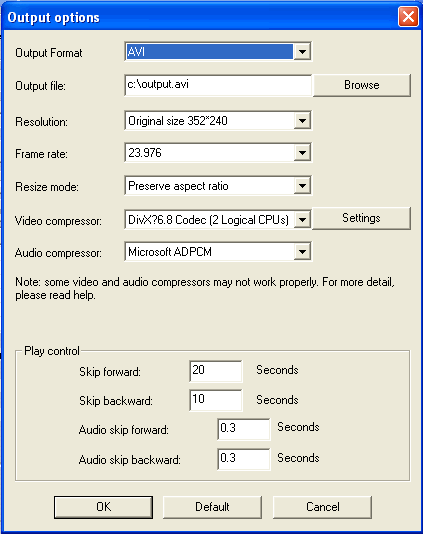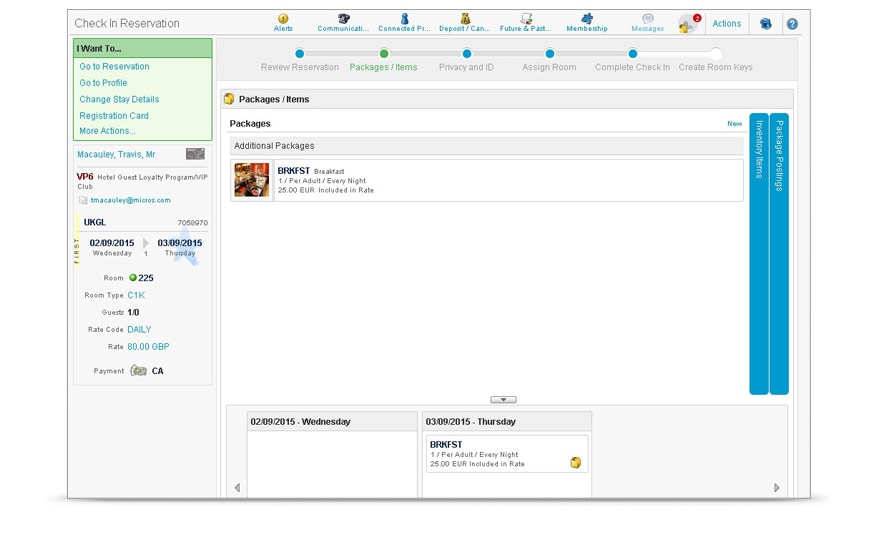
Gostinichnaya Programma Opera
Opera Mobile Classic Emulator. Do your mobile development straight from your desktop, and pair it with Opera Dragonfly for advanced debugging. Connect the Opera Mobile Classic Emulator to Opera Dragonfly and do your mobile CSS, JS and performance debugging, using a powerful developer toolkit.
I would like to mention that after selecting “Microsoft Adpcm Audio Codec” and clicking Next Next, it asked for file MSADP32.ACM. I found this file in c: windows servicepackfiles i386 rather than using my disk. 
Old Town Salzburg across the Salzach river Salzburg, birthplace of Mozart, is a city in central, near the German (Bavarian) border with a population of some 150,000 in 2013. If you have seen the movie The Sound of Music, you may think you know all there is to see in Salzburg. Admittedly, it is difficult not to spontaneously burst into song when you're walking along the Salzach River, or climbing up to the Hohensalzburg fortress which looms over the city. But there is a lot more to this compact, courtly city than Julie Andrews.
Understand Salzburg is the fourth-largest city in Austria (after Vienna, Graz and Linz) and the capital of the federal. Its 'Old Town', with its world famous baroque architecture, is one of the best-preserved city centers in the German-speaking world and was listed as a UNESCO World Heritage Site in 1997. Origins of name The name Salzburg literally means 'Salt Fortress', and derives its name from the barges carrying salt on the Salzach river, which were subject to a toll in the 8th century.
Early history and medieval period Traces of human settlements dating to the Neolithic Age, and later a Celtic camp, have been found in the area. Starting from 15 BC, the small communities were grouped into a single town which was named by the Romans as Juvavum. Little remains of the city from this period. The Festung Hohensalzburg, the city's fortress, was built in 1077 and expanded in the following centuries. Independence from was secured in the late 14th century.
Independent state Salzburg was the capital of an independent state from the early 14th century until 1805. It was ruled by prince-archbishops, who became rich from the salt mines located in the south of the city.

This led to the architectural gem you see today as not only materials, but also architects, were imported from Italy and other European countries. This is also the reason why, compared to other Austrian cities, sacred monuments outnumber the few secular buildings. This is how Salzburg got its nickname as 'the Rome of the north'.
Everywhere you go in this city, you see and read about the legacy of the Archbishops. Salzburg Roofs and Domes The best way to get around Salzburg is on foot. There is a network of city buses, the StadtBus, with numbers from 1 to 8 (trolleybuses) and 20-27 (diesel buses).
A single trip ticket on the bus is €2.60, a single short trip ticket €1.30 (maximum 3 stops), a 24 h ticket €5.70 (from 1st Jul 2016) which covers the whole city. If you travel by bus, make sure you catch none of the last buses. They will take you several miles out of town with your only way back being on foot or by taxi. If you need to get somewhere late at night, it may be best to take a taxi.
Conveniently, bus tickets can be bought on the buses from the bus driver. However, if you have time, buy the tickets in advance at a 'Trafik', since they are then significantly cheaper. But you have to buy the tickets in blocks of 5, 5-single-ticket package costs €9 (means €1.8 each), 5-short-trip-ticket package costs €4.5 (means €0.9 each) and Day Ticket Single tickets is €3.7. Single tickets and 24-h Day ticket are also available from automatic machines at central bus stops. The 'Lokalbahn' train has a separate station under the main railway station and travels in the direction of Oberndorf and Lamprechtshausen. Tickets can be bought on the train.
Another option for exploring areas around the main city (Bad Ischl, Fuschlsee, etc.) are the Postbuses. These also leave from the main railway station; tickets can be bought from the driver. Finally, another excellent option is renting a bike, or a. Salzburg has over 100 km of bike paths, and using this mode of transportation is often faster than bus, car or foot. There are also excellent bike paths on either side of the river, which you can follow to either Freilassing (35 min), Oberndorf or Hallein (each about an hour away). Having arrived at the airport (Flughafen Salzburg) it is very easy to make your way into the town centre by trolleybus or other modes of transport.